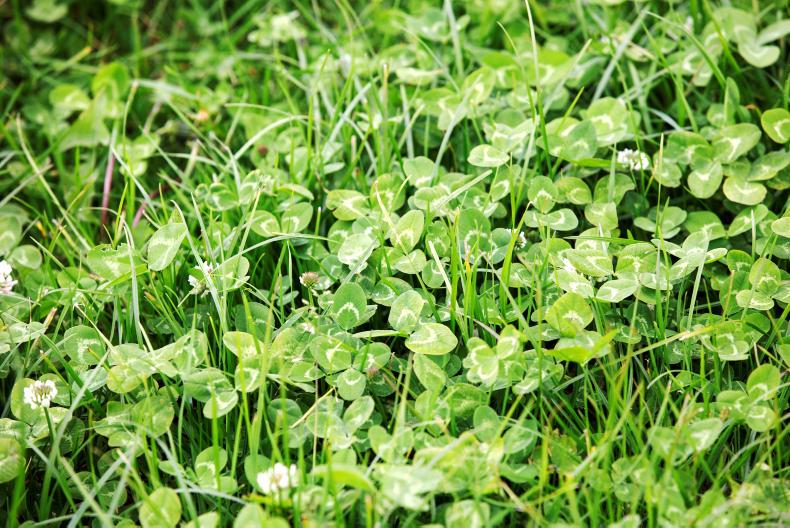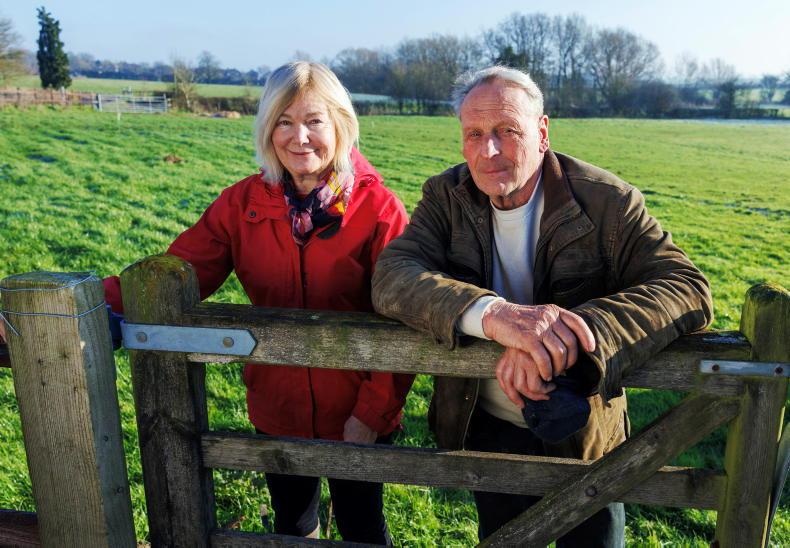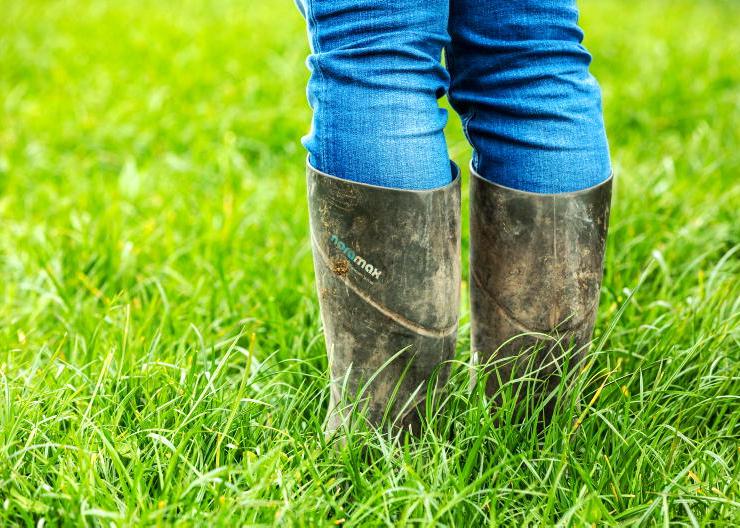The parts of the country that needed the rain the most were the ones that got the least. Valentia in Kerry received the most rain last week at 33.6mm while Dublin Airport received the least at only 5.4mm.
The benefit of the rain in terms of reducing soil moisture deficits will have been reduced as there was exceptional drying conditions over the weekend with wind and sun.
Soil moisture deficits (as of Saturday 23 May) are between 50mm and 66mm for most of the midlands and east.
It’s more useful to look at this in the context of what is normal. In the deep south, soils in counties Cork and Kerry are actually wetter now than normal.
However, soils everywhere else are between 10mm and 40mm drier than normal with the biggest change in the most easterly parts of the country.
Grass growth rates
As there is little or no more rain in the forecast, the reduction in grass growth rates along the east coast caused by the soil moisture deficit is likely to get worse.
Farmers here need to be cautious and conservative. Non-productive stock should be removed from the milking platform. If it is possible to graze silage ground then do so.
Depending on the severity of the grass deficit, extra forage and concentrate may need to be fed to extend the rotation length.
However, extra supplement should only be fed after such time that average farm cover is below 500kg/ha and daily growth rate is less than daily herd demand.
Farmers in the rest of the country where soil moisture deficits are not near as pronounced will probably still be developing surplus grass and so need to cut out strong paddocks for silage.
Looking ahead, the weather is going to do one of three things
1. Return to normal weather patterns with monthly rainfall accumulations of 60mm to 100mm for June.2. Turn very wet and make up for the lower rainfall in April and May.3. Continue to be dry and most of Ireland will end up in a drought. Farmers should be prepared for all three eventualities.
Read more
Dairy Management: grass deficits, breeding season and fertiliser use
Dairy management: dealing with a grass shortage
The parts of the country that needed the rain the most were the ones that got the least. Valentia in Kerry received the most rain last week at 33.6mm while Dublin Airport received the least at only 5.4mm.
The benefit of the rain in terms of reducing soil moisture deficits will have been reduced as there was exceptional drying conditions over the weekend with wind and sun.
Soil moisture deficits (as of Saturday 23 May) are between 50mm and 66mm for most of the midlands and east.
It’s more useful to look at this in the context of what is normal. In the deep south, soils in counties Cork and Kerry are actually wetter now than normal.
However, soils everywhere else are between 10mm and 40mm drier than normal with the biggest change in the most easterly parts of the country.
Grass growth rates
As there is little or no more rain in the forecast, the reduction in grass growth rates along the east coast caused by the soil moisture deficit is likely to get worse.
Farmers here need to be cautious and conservative. Non-productive stock should be removed from the milking platform. If it is possible to graze silage ground then do so.
Depending on the severity of the grass deficit, extra forage and concentrate may need to be fed to extend the rotation length.
However, extra supplement should only be fed after such time that average farm cover is below 500kg/ha and daily growth rate is less than daily herd demand.
Farmers in the rest of the country where soil moisture deficits are not near as pronounced will probably still be developing surplus grass and so need to cut out strong paddocks for silage.
Looking ahead, the weather is going to do one of three things
1. Return to normal weather patterns with monthly rainfall accumulations of 60mm to 100mm for June.2. Turn very wet and make up for the lower rainfall in April and May.3. Continue to be dry and most of Ireland will end up in a drought. Farmers should be prepared for all three eventualities.
Read more
Dairy Management: grass deficits, breeding season and fertiliser use
Dairy management: dealing with a grass shortage










SHARING OPTIONS